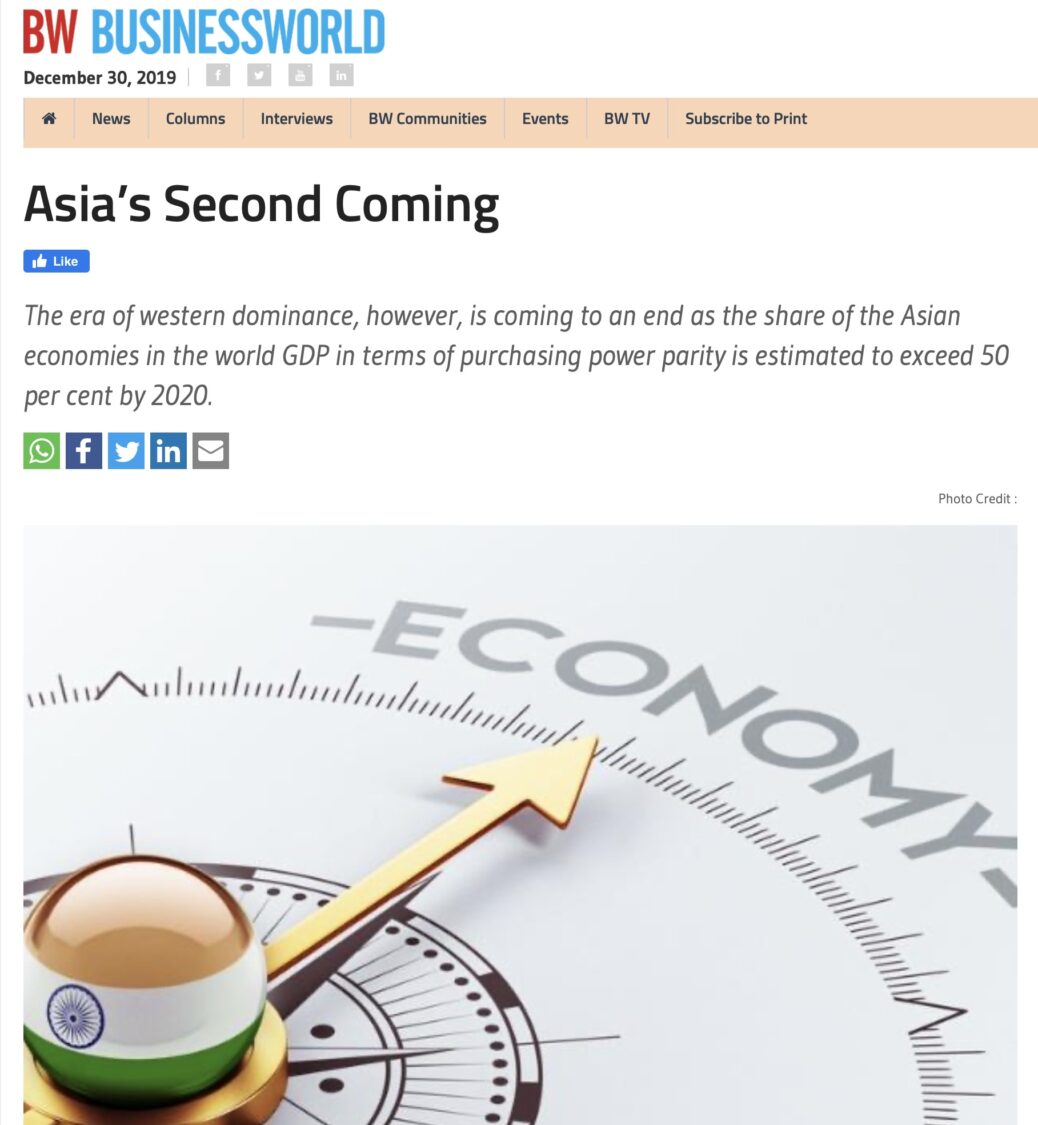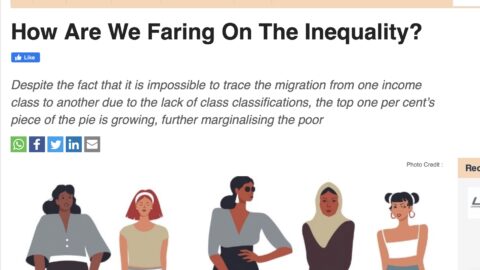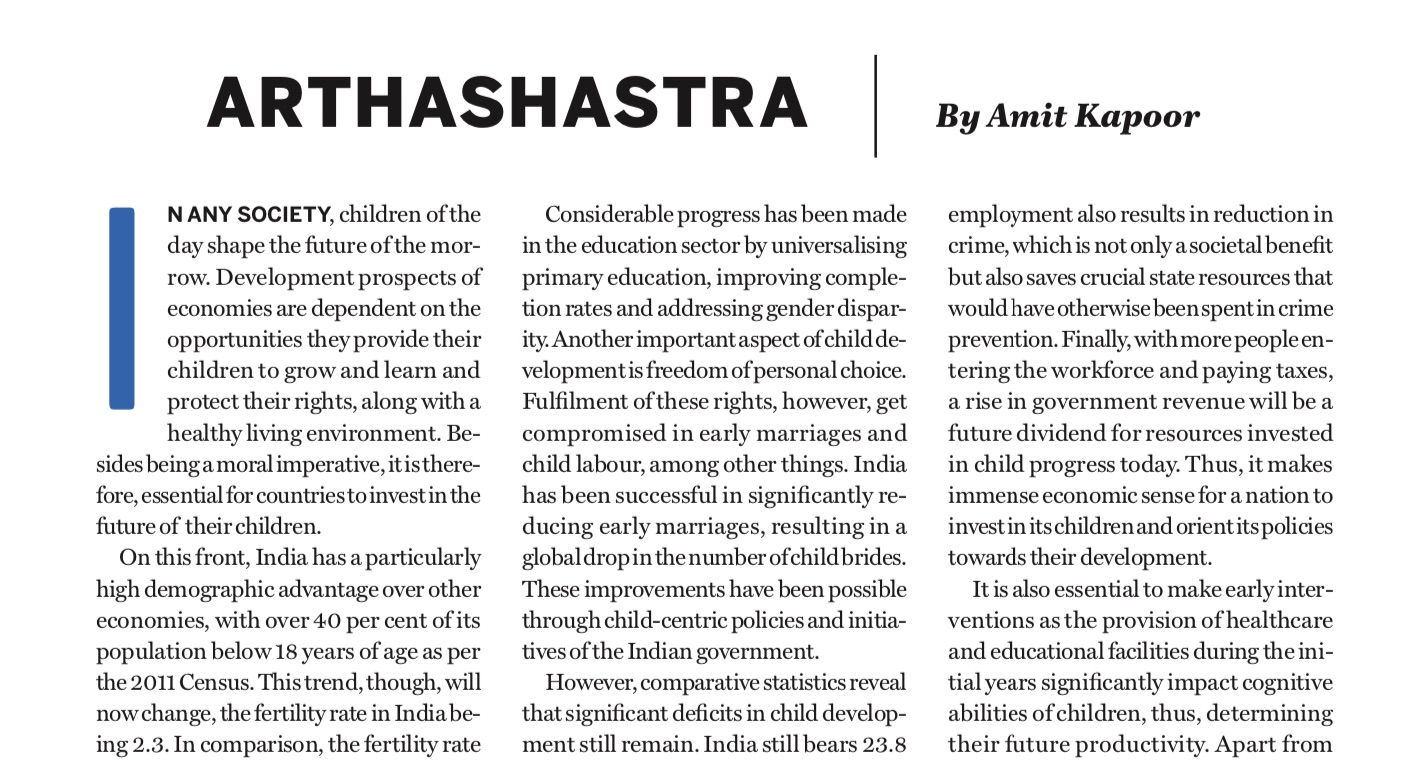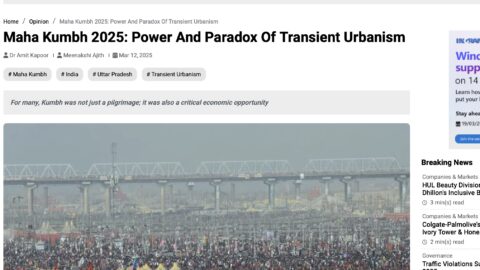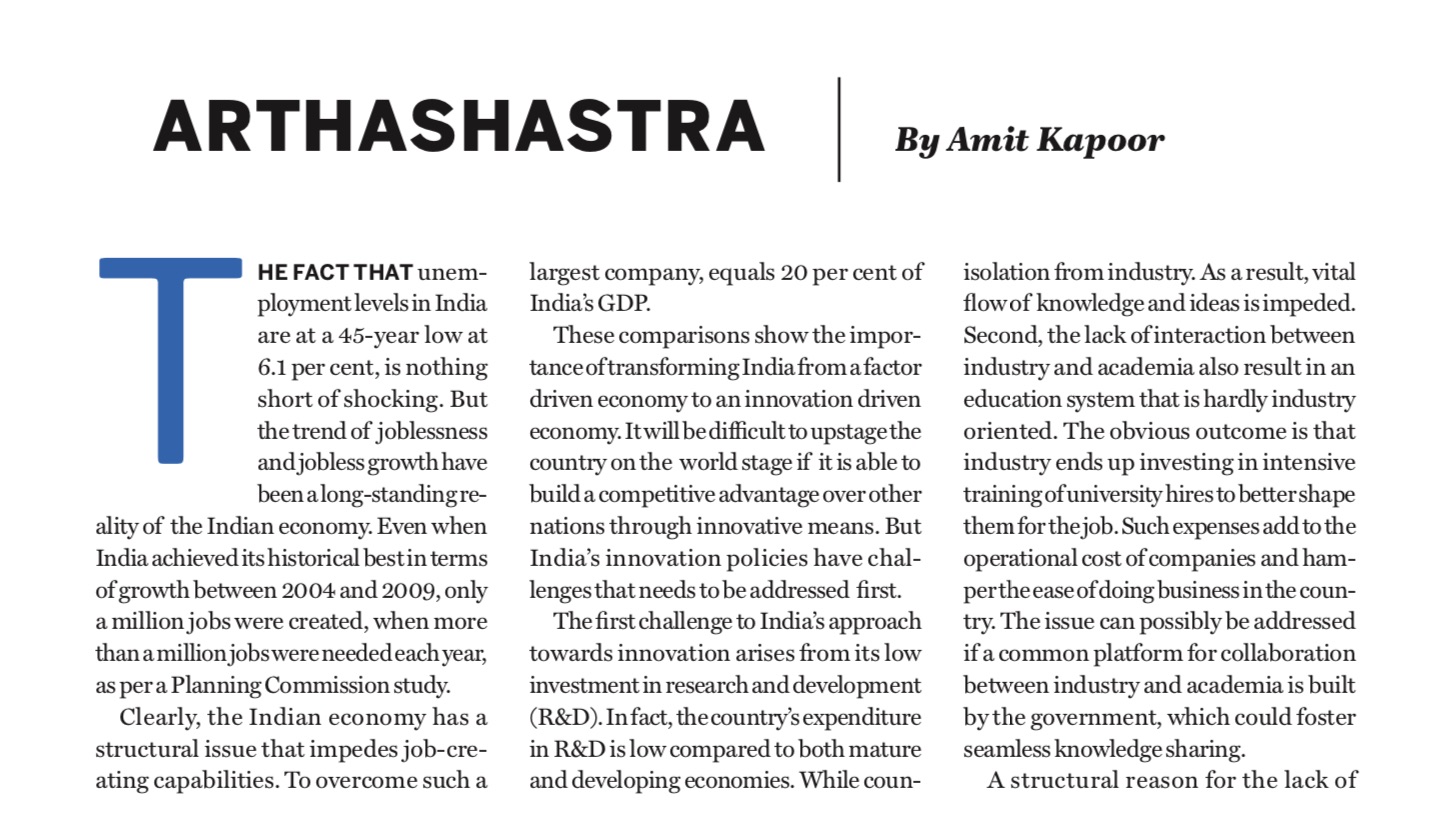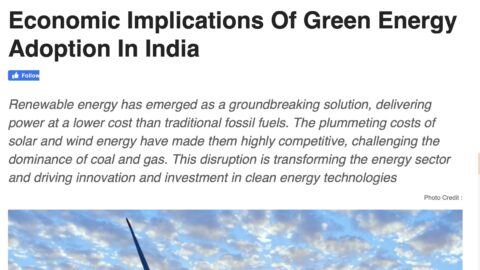Asia’s Second Coming
For the majority of human history, Asia has been the economic powerhouse of the world. Prior to the industrial revolution and imperialism, the Asian economies combined were larger than the rest of the world put together. But by 1950, Asia’s share in the world GDP fell to less than 20 percent due to the rise of western economies. The only superpower in the region was Japan, but it had been decimated in the Second World War. The rest of the Asian economies were just emerging out of colonial rule. The era of western dominance, however, is coming to an end as the share of the Asian economies in the world GDP in terms of purchasing power parity is estimated to exceed 50 percent by 2020.
Historically, the growth in the Asian continent occurred in three phases. The first phase occurred immediately post World War II when Japan’s economy revived, and the rapid industrialisation of Hong Kong, South Korea, Singapore, and Taiwan led to the East Asian growth miracle. The second phase began in the 1980s, with reforms introduced in China by Deng Xiaoping along with the 1991 reforms in India. The economic growth in both countries resulted in the emergence of the largest amount of people out of poverty in human history. The third phase has recently begun with the emergence of countries like Bangladesh, Indonesia, and Vietnam. This phase asserts the fact that the Asian resurgence is backed by a diverse set of economies rather than being led by a few major economies.
There are two crucial implications of this spatial economic shift towards the East from the West. First, the global economic order could witness a shift from the status quo. The current order is based on the system of institutions that were set up post World Wars including the IMF and World Bank. These institutions were established by the Western world to suit Western economic interests. This is highlighted by Ha-Joon Chang in his book Kicking Away the Ladder, where he provides a strong critique of the ‘Washington Consensus’ – the set of policy recommendations prescribed for economic growth to developing countries in lieu of loans.
According to these policy prescriptions, the developing countries are required to have “good policies” like liberal trade and investment regime coupled with “good institutions” in the form of democratic governments, strong intellectual property rights, and transparent private establishments. The problem is that the developed economies of today who preach these ideals never had similar policies. In fact, these countries employed the same tools that they condemn now, like practicing protectionism through higher tariffs. With the resurgence of the Asian economies on the global stage, it is possible for them to develop an alternative economic platform and push for a fairer standard of international norms.
The second implication is more concerning. The idea of democracy is a western concept and is less prevalent among Asian economies. Some of the success stories have emerged from economies like China and Singapore, which are very tightly controlled states. There is a risk that with the rise of Asia, democratic values might slowly get side-lined. Therefore, the onus will be on functioning Asian democracies like India, Indonesia, and Japan to uphold those values.
Thus, with the resurgence of Asian dominance, the status quo of the world is set to be challenged from the economic to the social basis. On the economic front, a renewed approach might be what the world requires. But simultaneously, it must also be wary of preserving the spirit of democracy in the Asian age.
The article was published with Business World on December 21, 2019.

